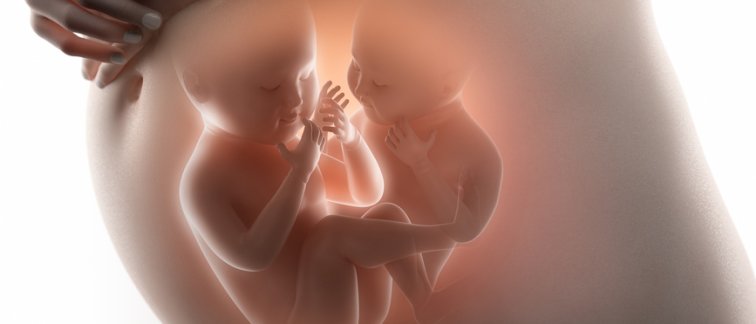In 2016 we paper we reported the first significant loci for being a mother of spontaneous dizygotic (DZ) twins (MODZT), based on a genetic association study. We found genome-wide significant loci close to two genes, FSHB the structural locus for follicle stimulating hormone (FSH) beta subunit and SMAD3 which regulates the response of the ovaries to FSH. We have now expanded the discovery sample and find many more, meaningful, results.
In contrast to DZ twinning, monozygotic (MZ) twining does not run in families, and the leading hypothesis is that MZ twinning occurs at random. The prevalence of MZ twins is stable across time, genetic ancestry and geographic locations. In contrast, DZ twinning is clearly familial genetic, increases with maternal age and parity and is rare in Asian countries.
MZ twins arise when an embryo splits during pre-implantation stages of development. The trigger and mechanisms underpinning this event remain a mystery. A role for early epigenetic programming has been hypothesized based on observations of increased rates of MZ twinning after in vitro fertilization and among individuals with imprinting disorders, in particular Beckwith-Wiedemann Syndrome. Therefore we study in the Netherlands Twin Register and in multiple international replication cohorts if MZ twinning is associated with stable DNA methylation differences in adult somatic tissues.
Amsterdam UMC researchers
- Hamdi Mbarek
- Veronika Odintsova



